Top 10 Modern Hygienist Articles
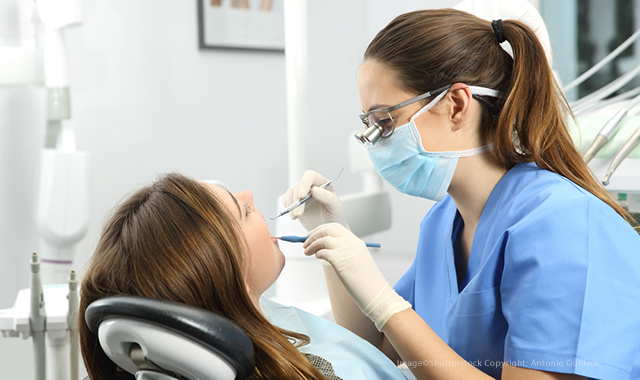
There are nearly 220,000 dental hygienists in the country, according to the US Bureau of Labor Statistics, and they perform a wide variety of duties in a dental practice. From patient screenings and assessments, radiographs, and removing calculus to applying preventative materials and patient education, it’s easy to see how hygienists are the life-blood of a practice.
Given their many roles, hygienists face a variety of situations and people throughout the day. What exactly are hygienists concerned about? We’ve assembled the top 10 articles from Modern Hygienist for 2019 (in no particular order).
The 5 patients on Santa’s naughty list this year
By Katrina M. Sanders, RDH, BSDH, M.Ed, RF

Just in time for the holidays-the top 5 types of patients who will certainly be getting a lump of coal in their stockings this year. As healthcare professionals, we have a responsibility to educate our patients on their needs, to provide recommendations based on empirical evidence, and to step in as a patient advocate when needed. But, despite your education and training, some patients just make you want to shout, “Son of a nutcracker!” Here’s how you can deal with difficult patients this holiday season-and all year long.
Dear dental insurance patient...
By Katrina M. Sanders, RDH, BSDH, M.Ed, RF
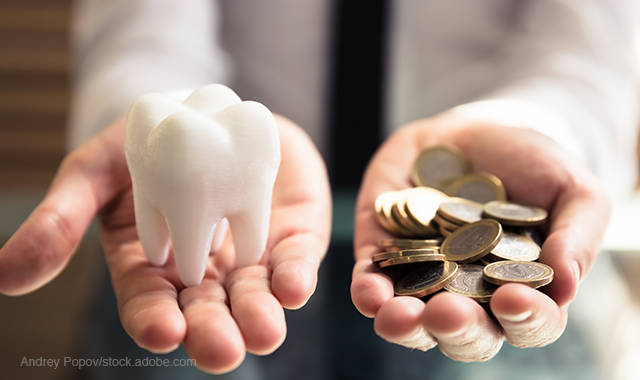
It’s no secret that navigating dental insurance can be complex for some patients. In some instances, it’s downright nightmarish. With the little caveats and many loopholes that insurance companies have designed regarding dental care, it’s understandable why dental patients aren’t maximizing their insurance benefits. This letter from a concerned provider gives dental patients a behind-the-scenes look at how to manage insurance policies from the perspective of a dental professional. This inside look at the fine print and hidden clauses can help unmask some of the mystery shrouding dental insurance plans.
Why dental professionals need to get rid of ‘deep cleaning’ lingo
By Lynne H. Slim, RDH, MS
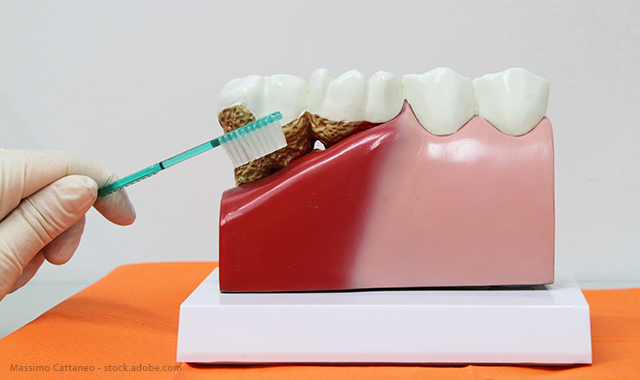
When we often think of “deep cleaning,” we picture maids with a mop and bucket of water, wearing an apron and rubber yellow gloves. It’s not a picture often associated with healthcare. In the hospital, patients aren’t told that they’re going to get a “wound cleaning.” Yet this terminology still persists throughout the dental industry. Many corporate practices use this jargon and include it in their website as part of the online question-and-answer dialogue, but it undervalues this important therapy. Dental hygienists don’t “deep clean” teeth. This article argues that a more professional tone is needed to convey information to dental patients. Some simple and fundamental changes can be made to empower patients.
The devil wears a patient bib
By Katrina M. Sanders, RDH, BSDH, M.Ed, RF

Healthcare professionals are trained to treat their patients with kindness and empathy. Understanding and ensuring patient comfort is essential to their education. The same is true of dental professionals during their time at hygiene school. These professionals work as a team to provide patients with great care and, generally speaking, patients are receptive to this. But regardless of having a hygienist who bends over backward to please, some patients can’t be reasoned with-they cannot be satisfied despite your best efforts. From patients dismissive of the time constraints of a dental practice to the ‘couch potato’ patients, we have a list of some of the most unreasonable types of patients.
How to explain periodontitis to your patients
By Lynne H. Slim, RDH, MS

Are you searching for a creative way to explain periodontitis to your patients? Are your patients staring at you, eyes glazed over, during your speech? If you said yes, you’re certainly not alone. A refresher on the etymology and pathogenesis can help you find a better way to explain it and your patients can benefit. So can reading evidence-based guidelines and using metaphors. There are all sorts of different ways to broach this subject with patients, so have fun with it!
Is there a bully at your dental office?
By Lisa Newburger, LISW-S

Is there one person in your office who can’t stand up for themselves? Maybe they’re shy or introverted. Maybe they’re afraid of a bully in the office and if they say anything, they’ll make matters worse. Maybe you’re the one being bullied. It’s an uncomfortable truth, but bullies do exist away from the playground. Bullies don’t stop bullying on their own. But if you intervene, whether for yourself or on behalf of a co-worker, you could face consequences such as disciplinary action, not getting a referral or even termination. So what can be done about it? Here are five tips on how to handle a workplace tormentor.
Veterinary dentistry barks up the right tree
By Katrina M. Sanders, RDH, BSDH, M.Ed, RF
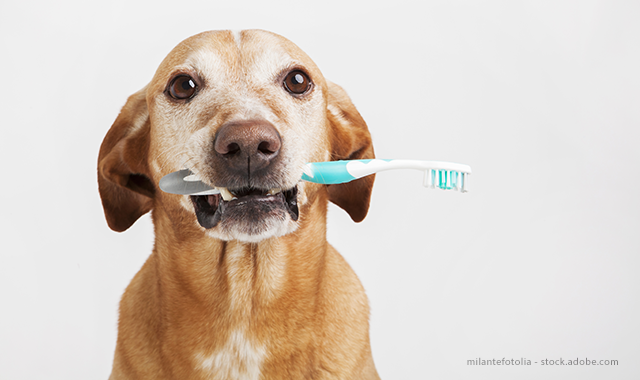
Dental disease doesn’t just affect humans, but also our four-legged friends. Oral health is important to both humans and canines. Roughly 3.3 million dogs enter animal shelters across the US each year, which has dropped considerably since 2011, according to the ASPCA. And while that decline is a good sign, the heartbreaking truth is many of these companion animals are still euthanized. Reasons for this include overcrowding in shelters, behavioral issues, and, you guessed it, dental disease. Dental disease in dogs can range from caries and periodontal disease to abscesses of the periodontium and fractured teeth. We’ve gathered some unique information on canine dental diseases from the Veterinary Dental Forum in Phoenix in November 2018. We also discuss ways to get involved at your local animal shelter.
5 tips for new dental hygienists
By Katrina M. Sanders, RDH, BSDH, M.Ed, RF

You did it! You’ve studied day and night, walked across the stage in your cap and gown, recited the hygiene oath, proudly put on your hygiene pin, and can now proclaim yourself a dental hygiene graduate. Now what? As you make your way through the demands of your new office, rushing through hygiene appointments, and seeing patients without your instructor, you’ll certainly learn a lot. Take it from an experienced dental hygienist-it’s important to stay passionate about dental hygiene. So, as you get started, here are some tips on navigating the industry.
Why you should code for what you do
By Lynne H. Slim, RDH, MS
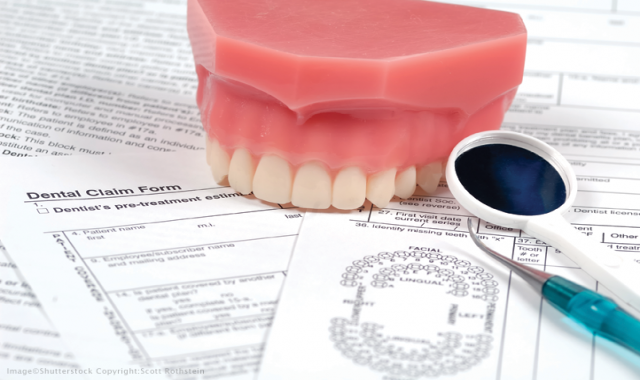
The purpose of the Code on Dental Procedures and Nomenclature (known as the CDT Code) is to achieve uniformity, consistency, and specificity in accurately documenting dental services in order to receive reimbursement from third-party payers, according to the American Dental Association. We gather some information on this topic as well as a state law that could affect dental practices in the future.
The top 10 best cities for dental hygienists for 2019
By Robert Elsenpeter

We compiled a list of the 10 best cities in the US for dental hygienists. Using data from the Bureau of Labor Statistics from 572 cities, and using factors such as public safety, overall economy, annual wage, education, stress, oral health, and life expectancy, each city was ranked on a metric of one to 10. Those numbers are tallied and locales with the lowest score received a higher ranking in our top 10.
Data also came from the website wallethub.com, US News & World Report’s ‘Healthiest Communities’ study, and the Journal of the American Medical Association’s study on life expectancy. Where available, we also included the number of hygienists in that community.
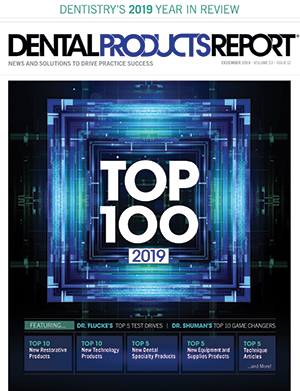
Floss & Flip-Flops Episode 11: Diabetes Health Month
November 15th 2022Diabetes is a global disparity and most notably impacts those who are diagnosed as well as those with pre-diabetes or undiagnosed diabetes. Let’s discuss how to become better patient advocates in the screening, management and maintenance of diabetic cases.
Should Chlorhexidine Remain the “Gold Standard” In Today’s Modern Hygiene?
May 29th 2024As the world of dentistry continuously evolves and new science emerges, it is imperative for dental professionals to evaluate both past and current research in order to make informed decisions and provide patients with the most accurate information and ethical care.